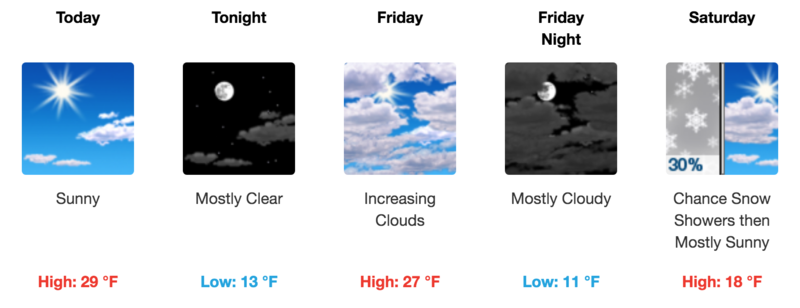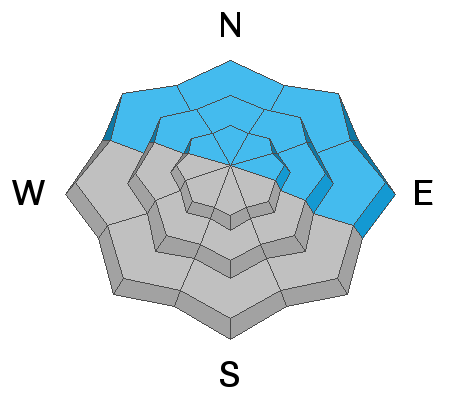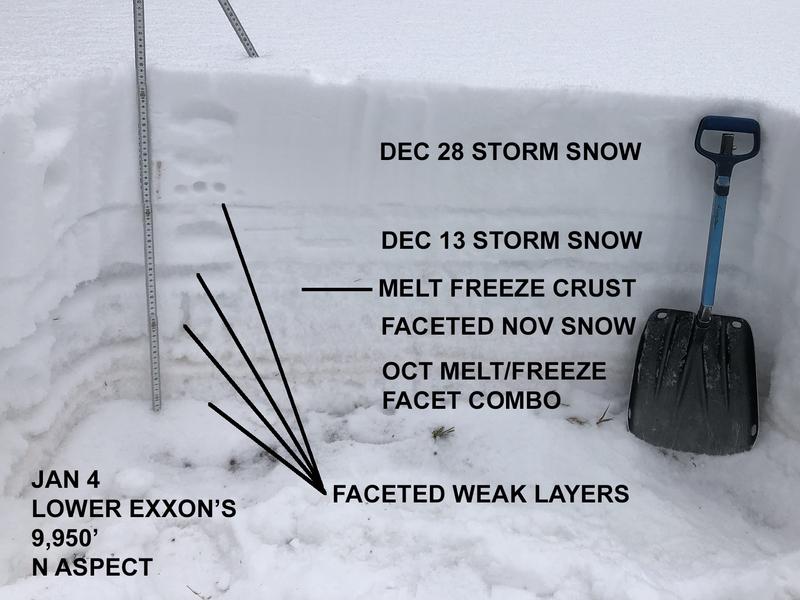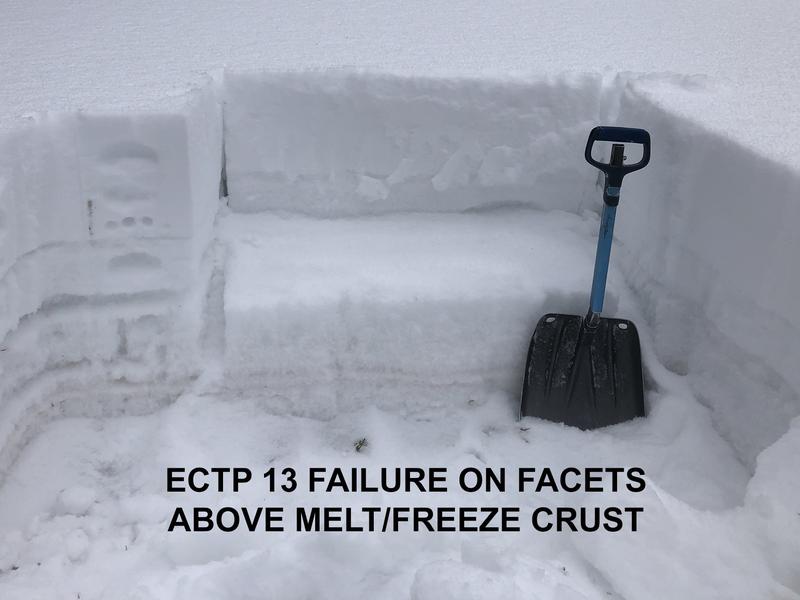Forecast for the Moab Area Mountains

Issued by Eric Trenbeath on
Thursday morning, January 7, 2021
Thursday morning, January 7, 2021
The avalanche danger remains CONSIDERABLE on steep, northerly facing slopes. In these areas, layers of weak, sugary, faceted snow have become dangerously overloaded and human triggered avalanches are likely. At upper elevations, recent wind drifting has exacerbated the problem. With the current snowpack structure, steep, N-E facing slopes should be avoided for the foreseeable future. Most south-facing terrain has generally LOW danger.
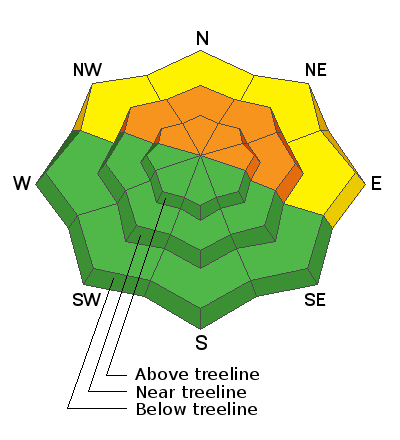
Low
Moderate
Considerable
High
Extreme
Learn how to read the forecast here


